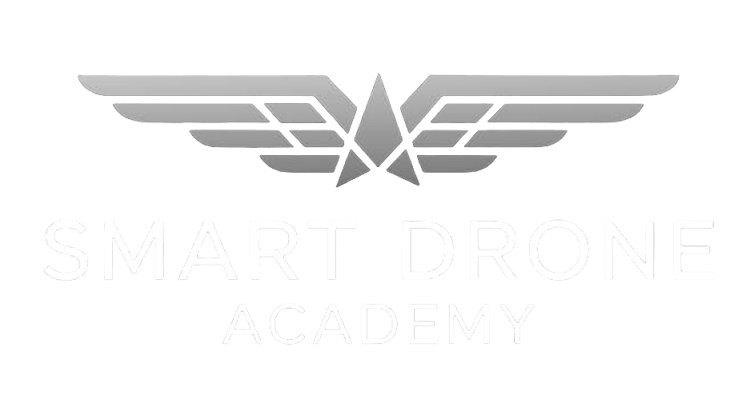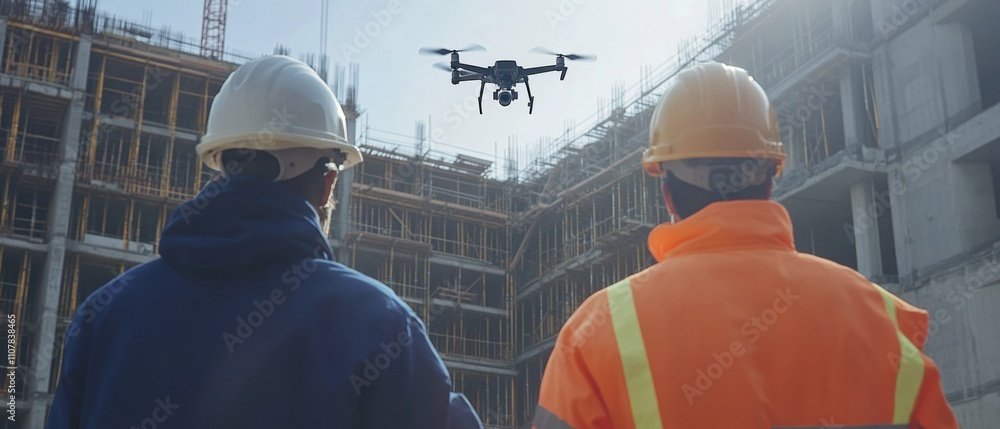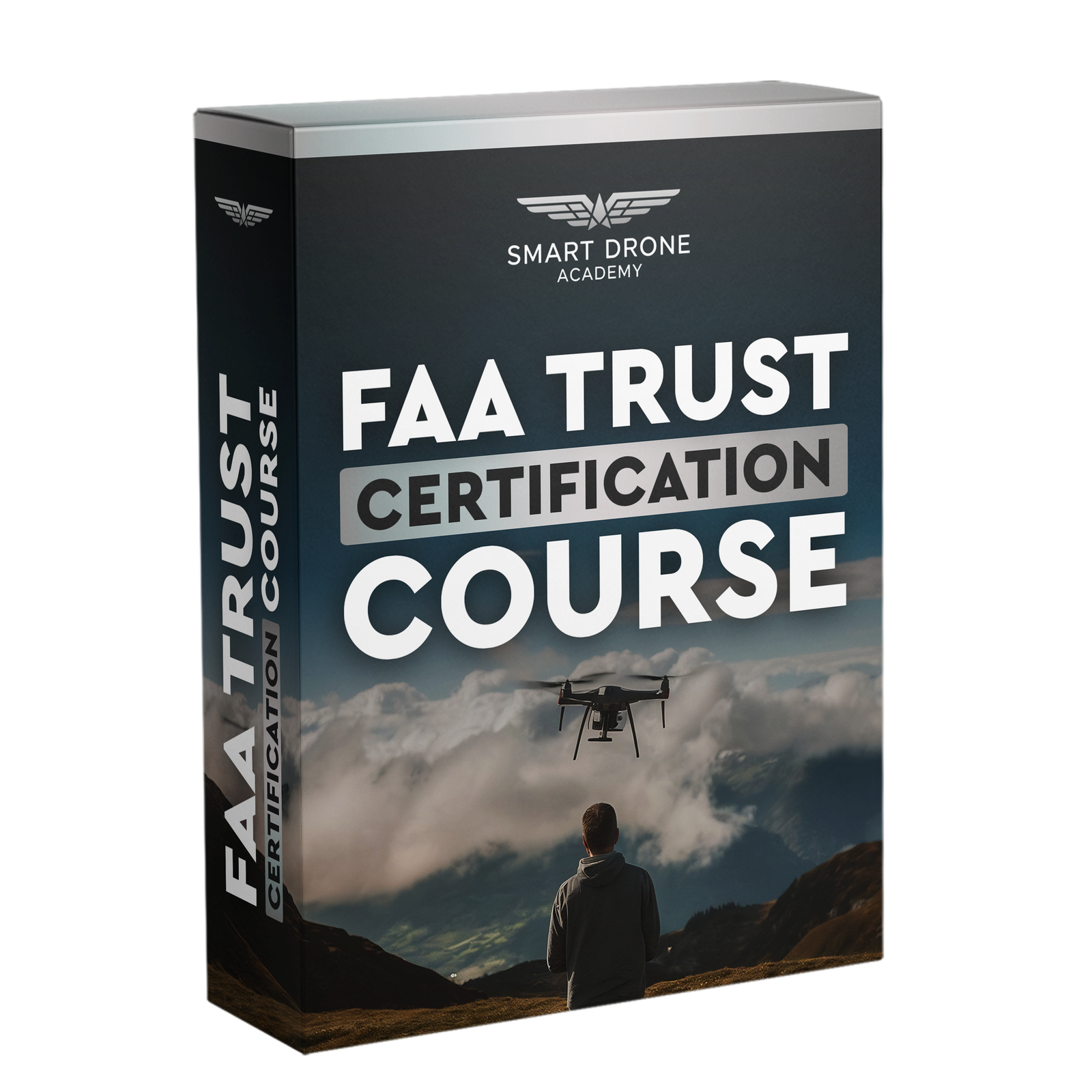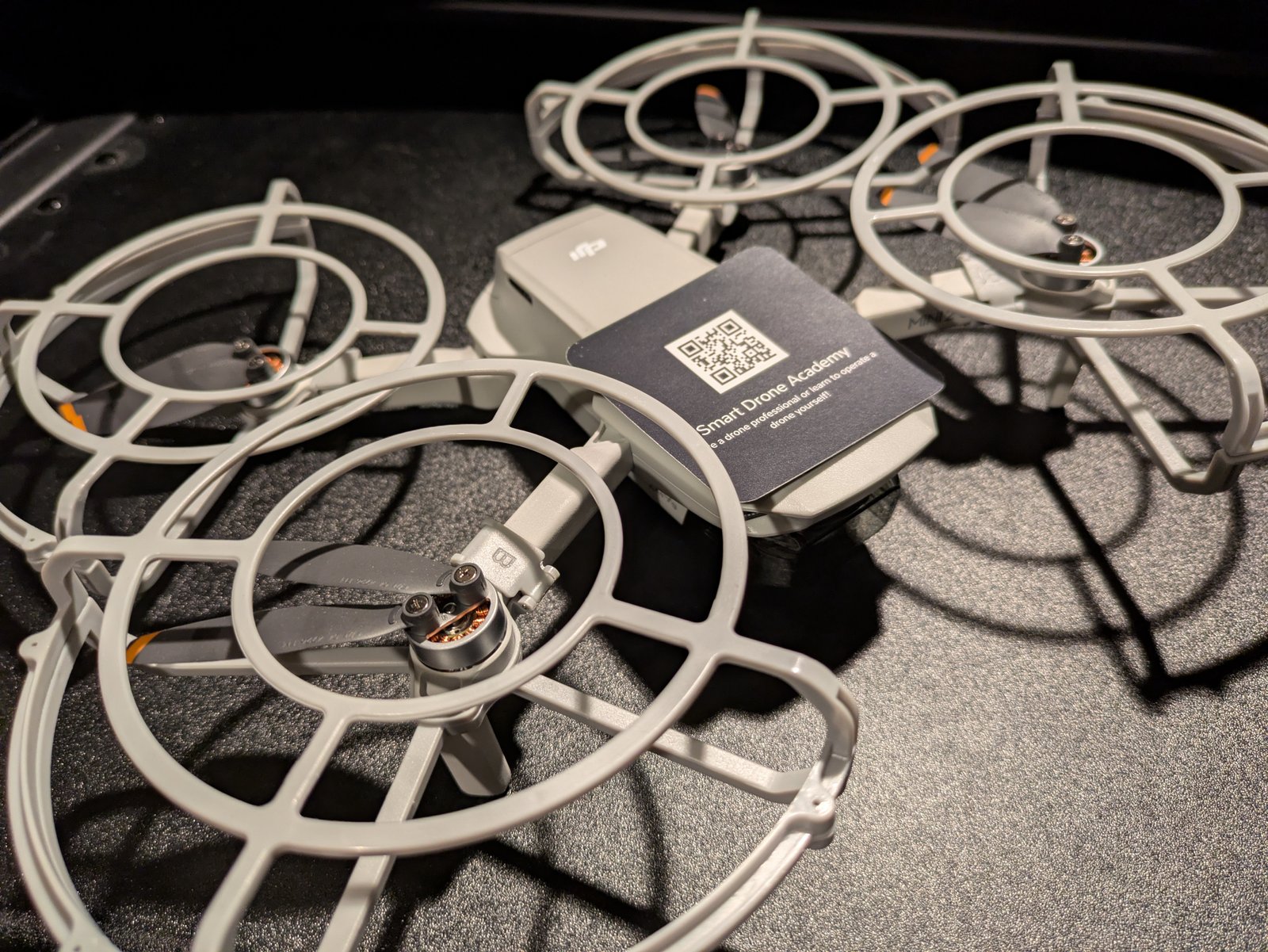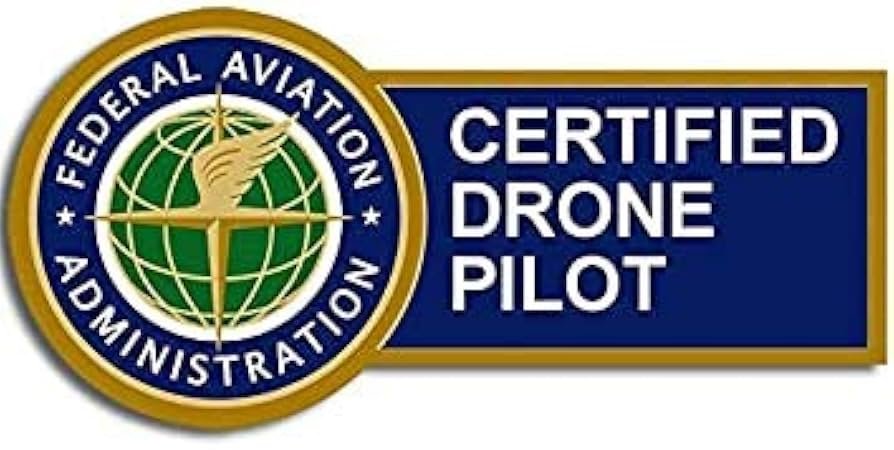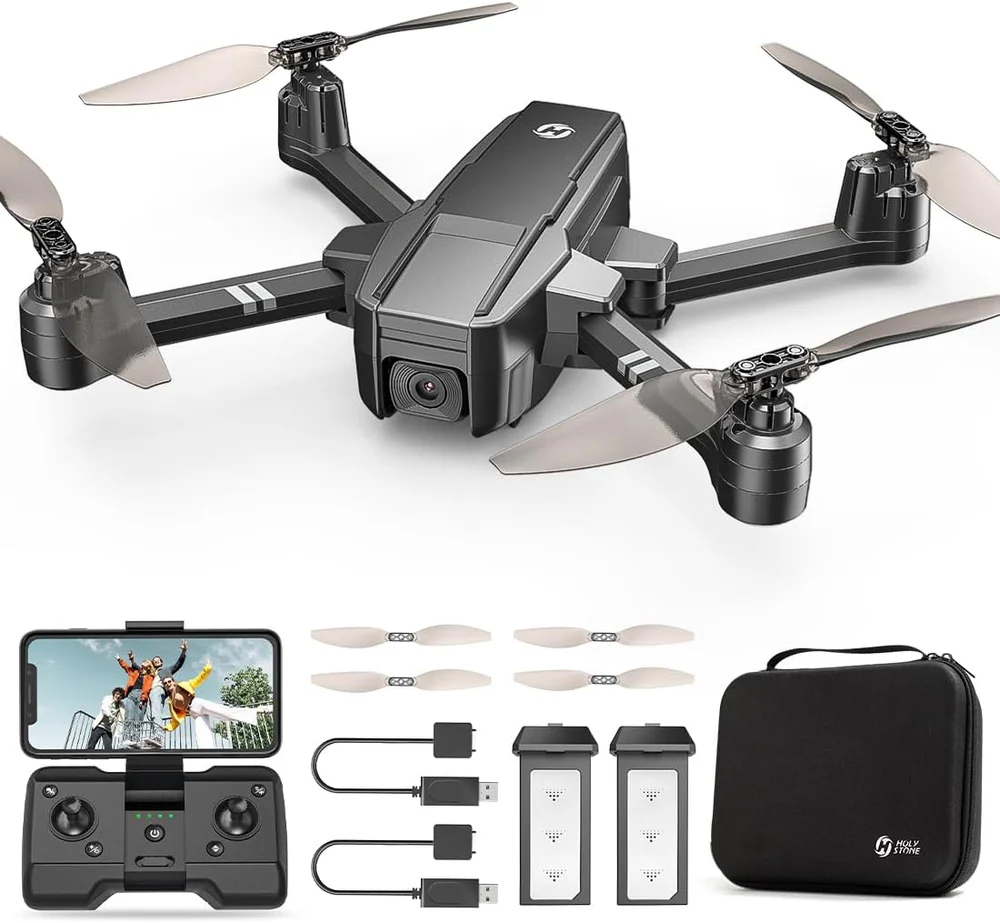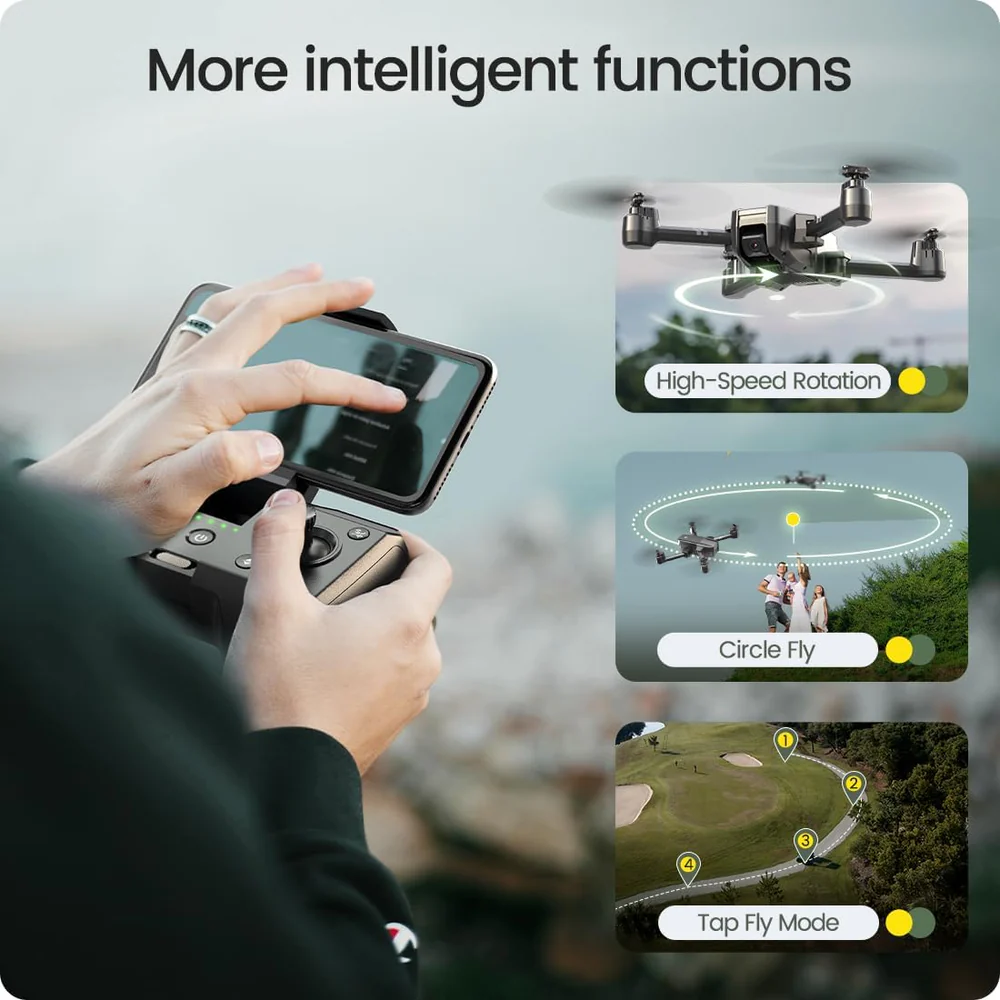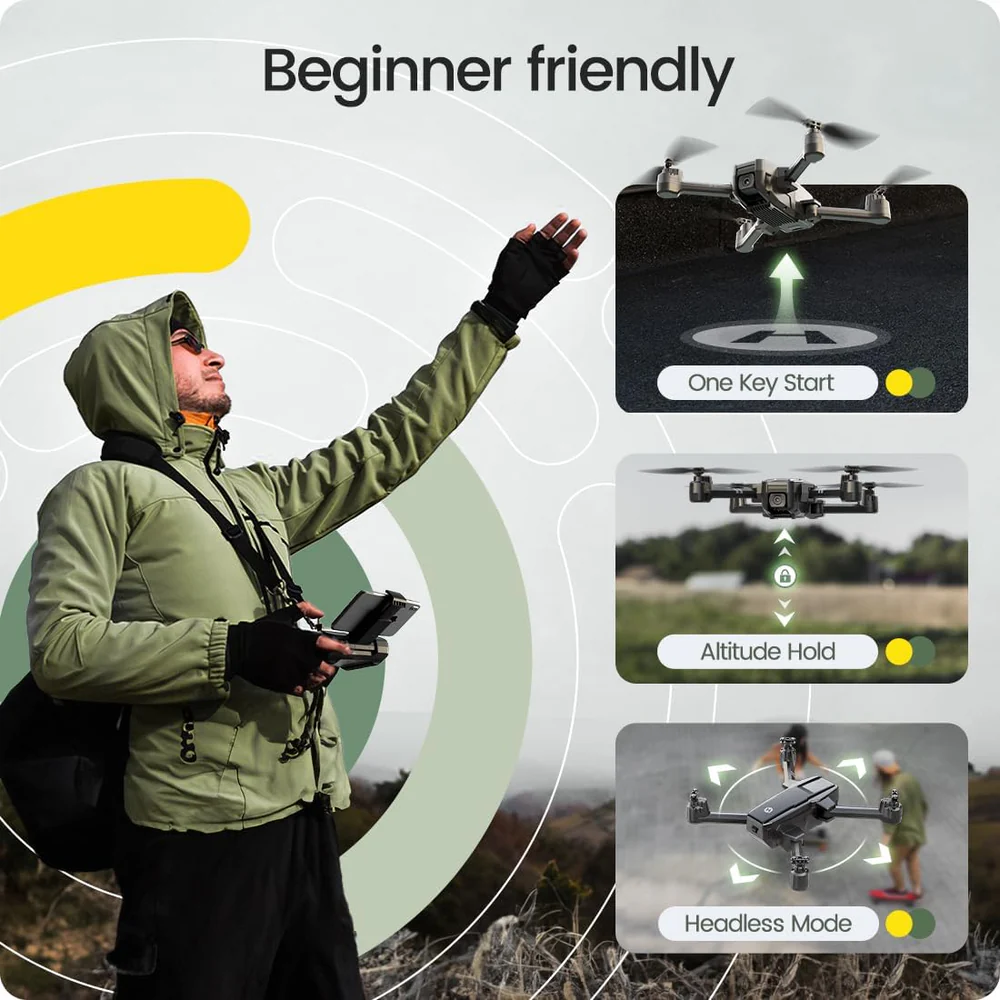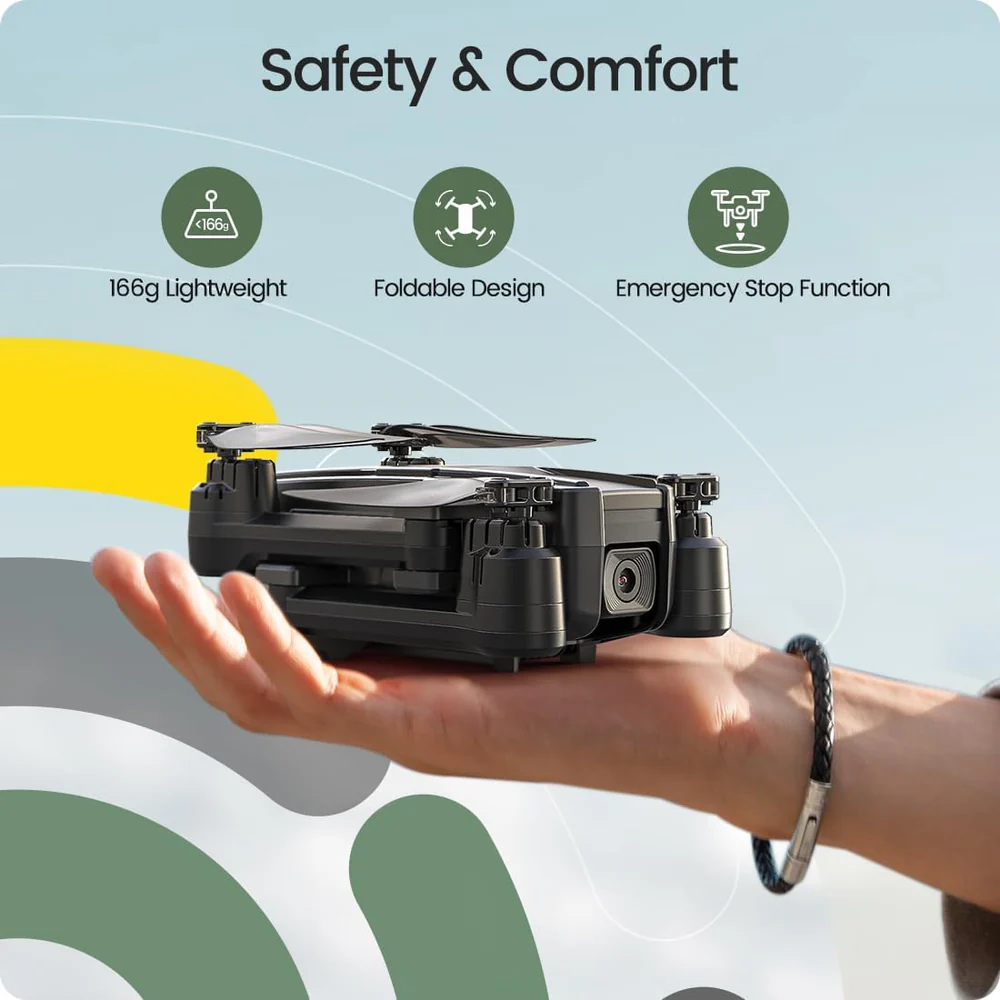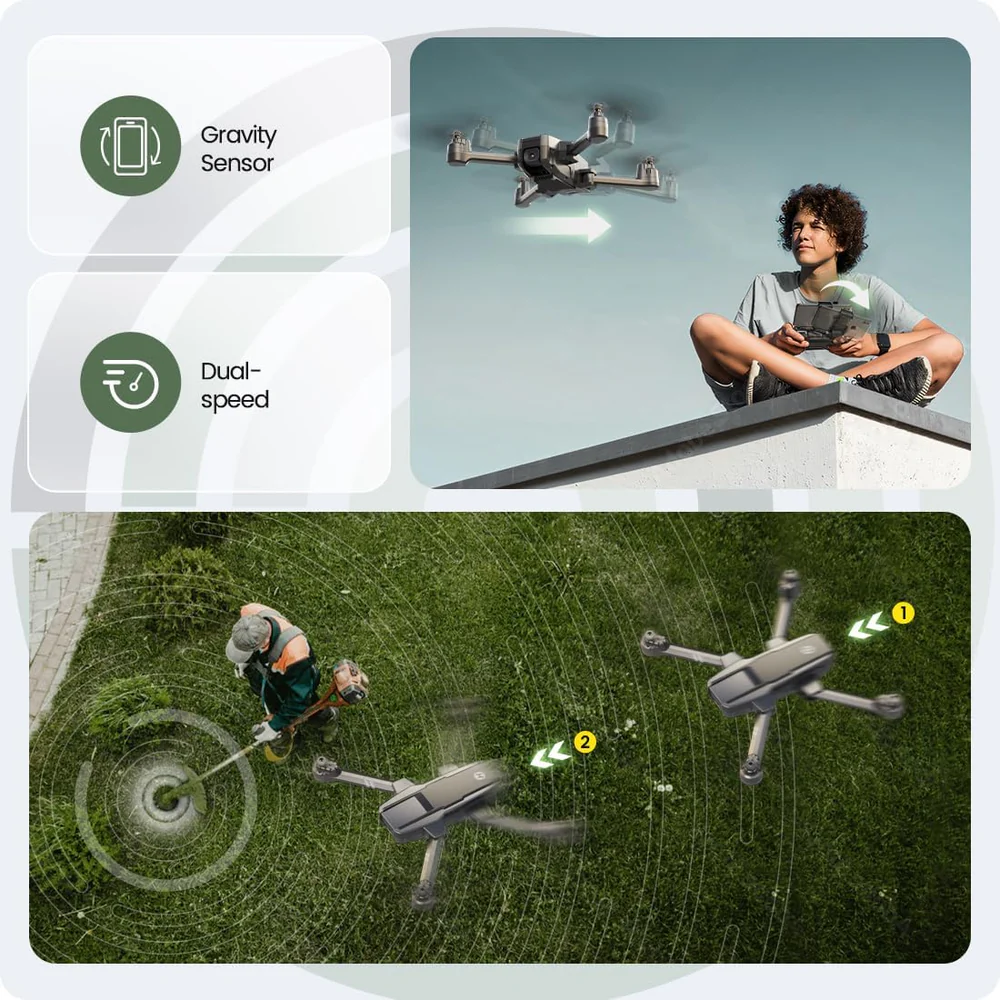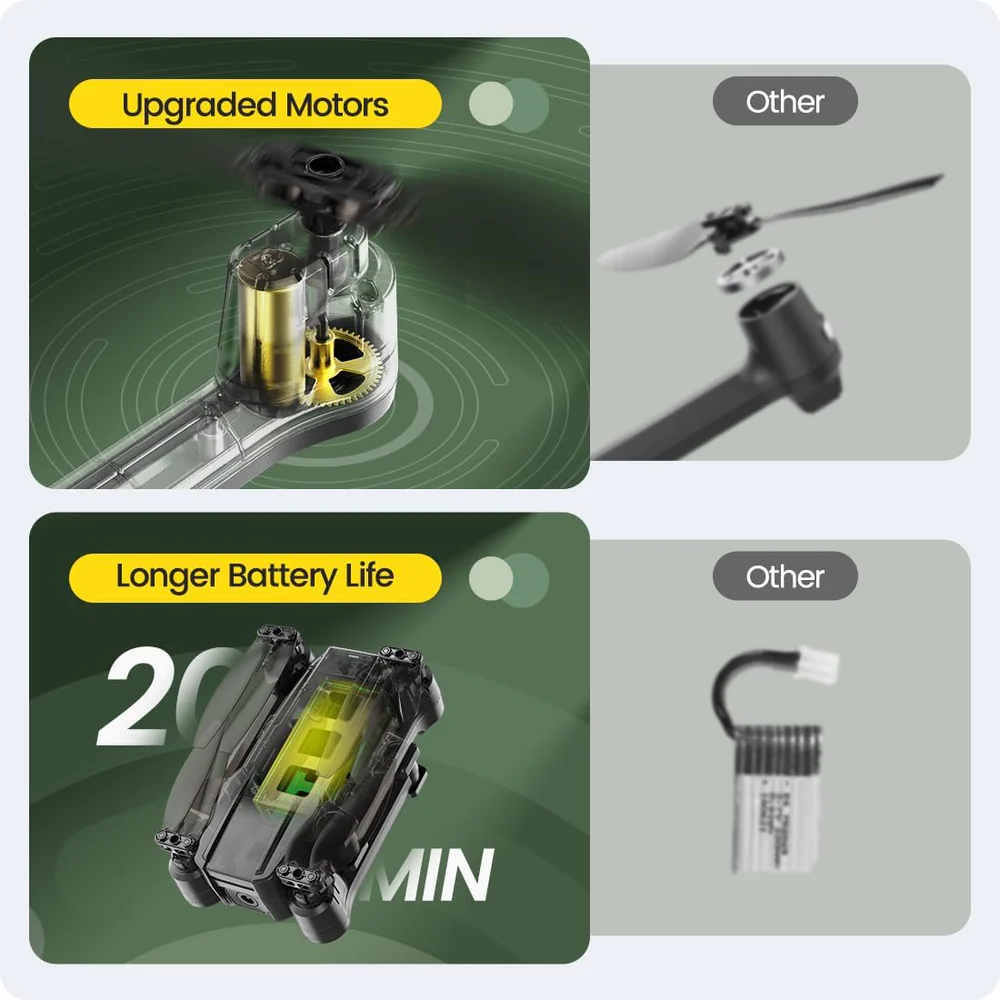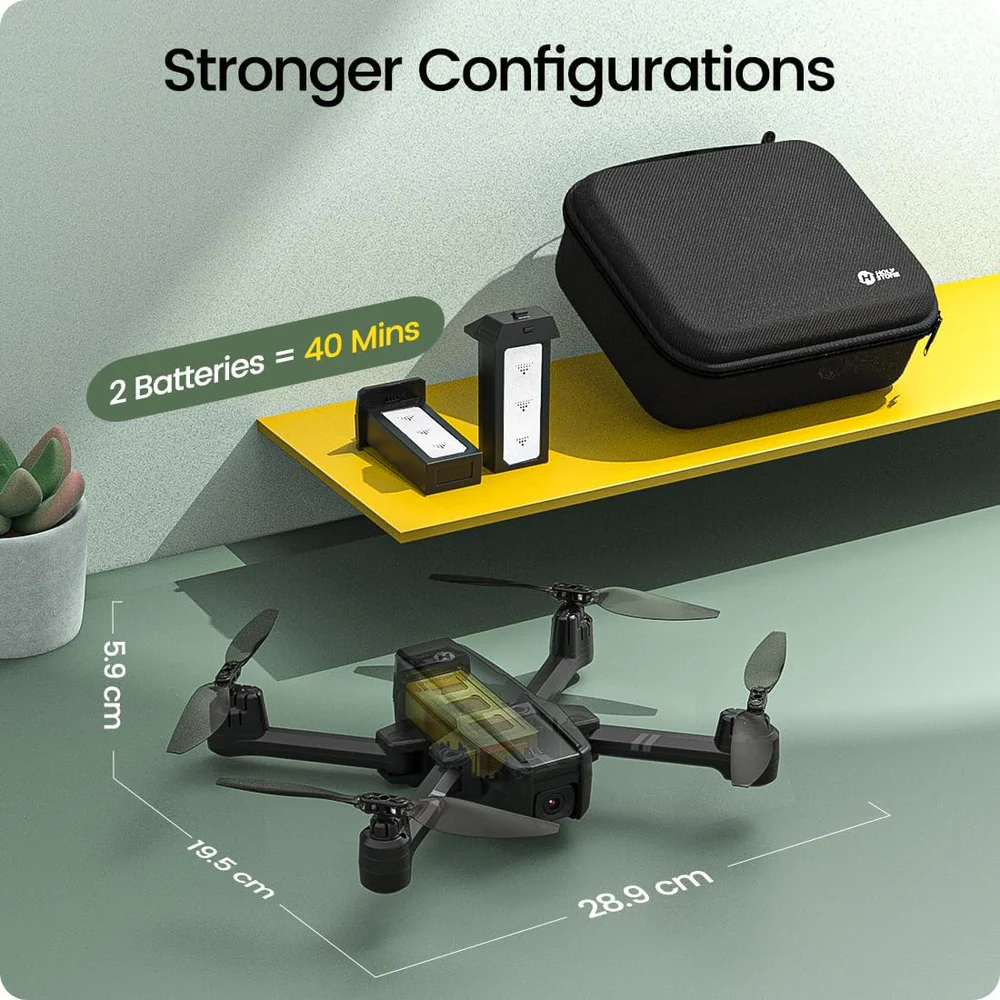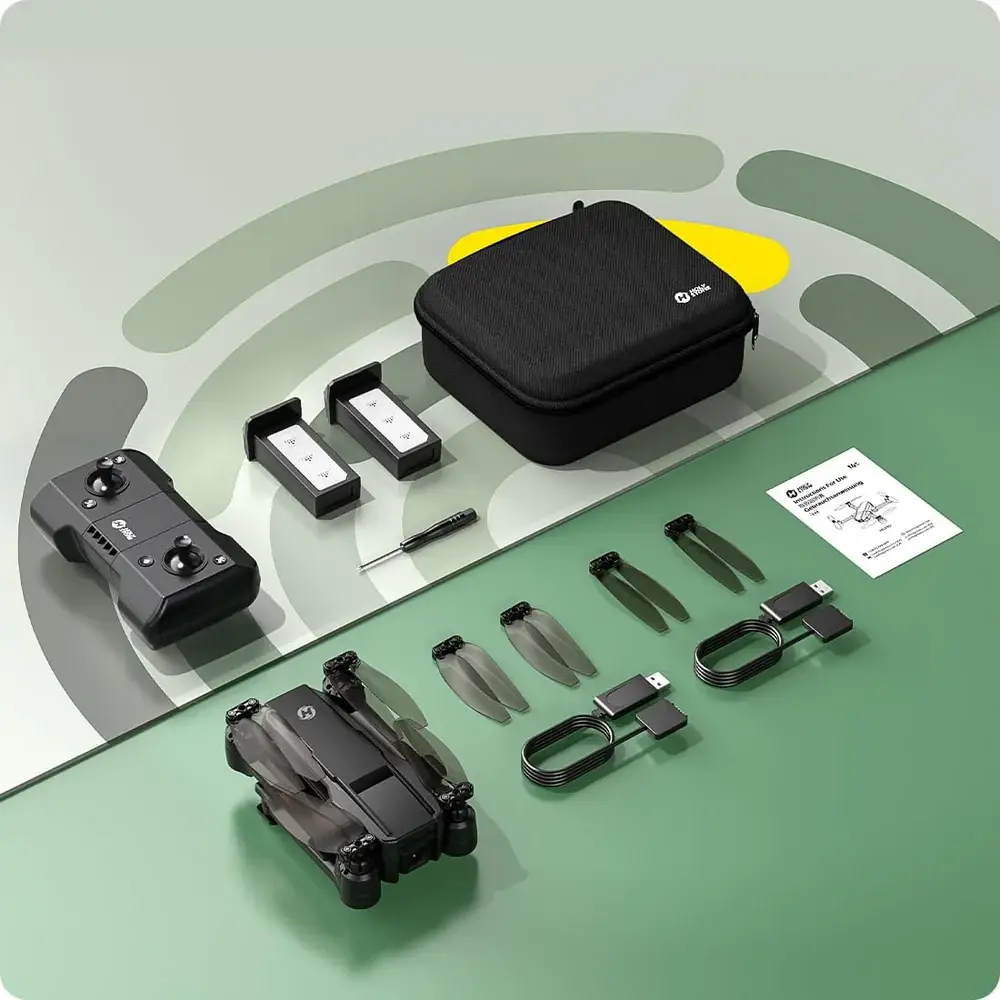In the rapidly evolving world of drone technology, the role of the pilot has gained significantattention as more individuals venture into commercial drone operations. However, there’s another crucial player in this landscape that deserves just as much recognition: the spotter. Together, the drone pilot and the spotter form a dynamic duo, ensuring safe and compliant flight operations. In this blog post, we’ll explore the importance of both roles and delve into why having a spotter is especially vital in light of current FAA regulations around Visual Line of Sight (VLOS).
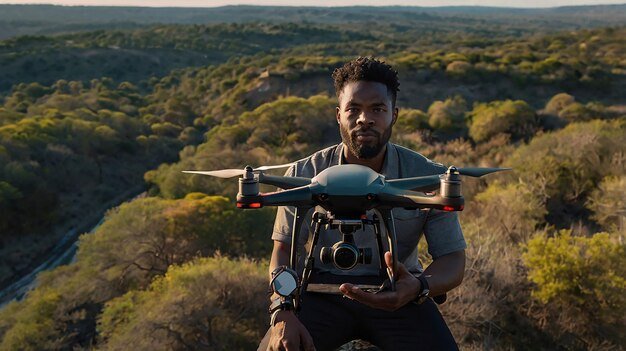

Understanding the Roles: Pilot Vs Spotter
The Drone Pilot
The drone pilot is the individual responsible for operating the drone. This role requires a thorough understanding of the aircraft, including its capabilities and limitations. The pilot must also be well-versed in FAA regulations, airspace classifications, and flight planning. With the responsibility of maneuvering the drone, the pilot is at the helm of ensuring a safe and effective flight.
The Spotter
The spotter, on the other hand, acts as an additional set of eyes and ears during the flight. This individual is tasked with maintaining visual contact with the drone and monitoring the surrounding environment for potential hazards. While the pilot focuses on operating the drone, the spotter helps keep an eye out for obstacles, bystanders, and other aircraft, ensuring that the flight proceeds safely.
The Importance of a Spotter: VLOS and FAA Regulations
One of the key regulations set forth by the FAA is the requirement for pilots to maintain Visual Line of Sight (VLOS) with their drones during operations. VLOS means that the pilot must be able to see the drone with their own eyes—without the aid of binoculars or other visual enhancement devices—at all times. This regulation is designed to enhance safety and ensure mthat pilots can react to changing conditions promptly.
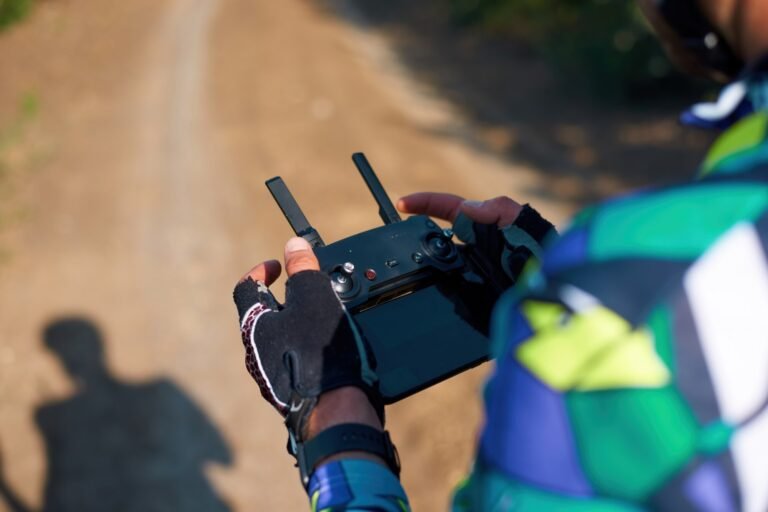
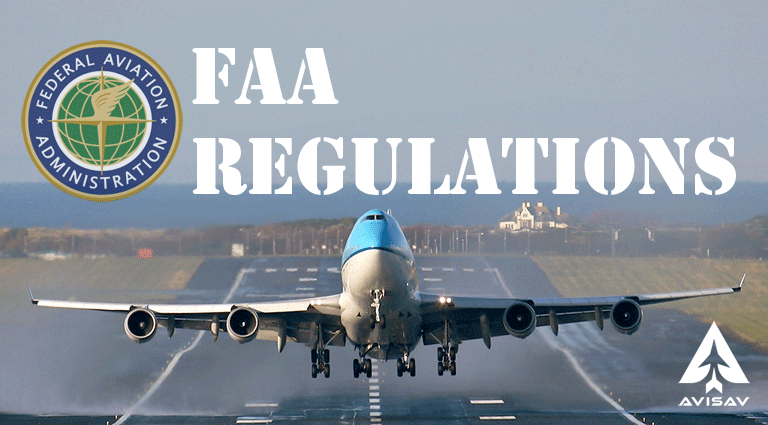
Why a Spotter is Essential for VLOS Compliance
1. Enhanced Situational Awareness
Having a spotter allows the pilot to focus more on operating the drone while the spotter monitors the surroundings. This division of labor enhances situational awareness, as the spotter can alert the pilot to potential hazards or changes in the environment that may require immediate attention.
2. Increased Safety for Bystanders
Drones can be unpredictable, especially in dynamic environments. A spotter can help keep an eye on bystanders, ensuring that the drone operates safely away from people and property. This is especially crucial in crowded areas where the risk of accidents is higher.
3. Compliance with FAA Regulations
While a pilot is responsible for maintaining VLOS, having a spotter can help ensure compliance with this regulation. The spotter can assist in keeping the drone within the pilot’s line of sight,especially in situations where the pilot may need to maneuver the drone around obstacles.
4. Assistance in Emergency Situations
In the event of a technical malfunction or emergency, having a spotter can be invaluable. The spotter can communicate critical information to the pilot, such as the drone’s altitude, direction, and proximity to obstacles, enabling the pilot to make informed decisions quickly.
5. Support for Complex Operations
Certain drone operations, such as those involving multiple drones or intricate flight paths, can become complicated. A spotter can help manage these complexities, ensuring that all aspects of the flight are executed smoothly and safely.
Conclusion
In the world of drone operations, both the pilot and the spotter play essential roles in ensuring safe and compliant flights. As the FAA continues to emphasize the importance of Visual Line of Sight regulations, the value of having a dedicated spotter becomes increasingly clear. By working together, the pilot and spotter enhance situational awareness, maintain compliance with regulations, and promote safety for everyone involved.
As drone technology continues to advance, the collaboration between pilots and spotters will remain a fundamental aspect of responsible drone operations. Whether you’re a seasoned pilot or just starting in the field, recognizing the importance of both roles is key to ensuring a safe and successful drone experience.
